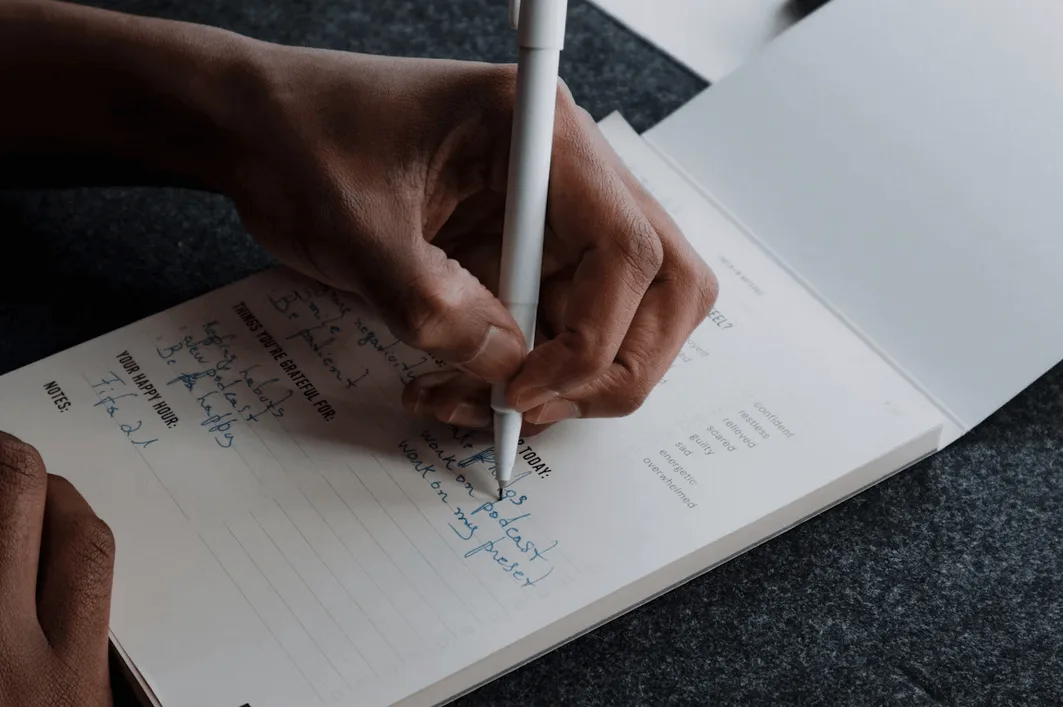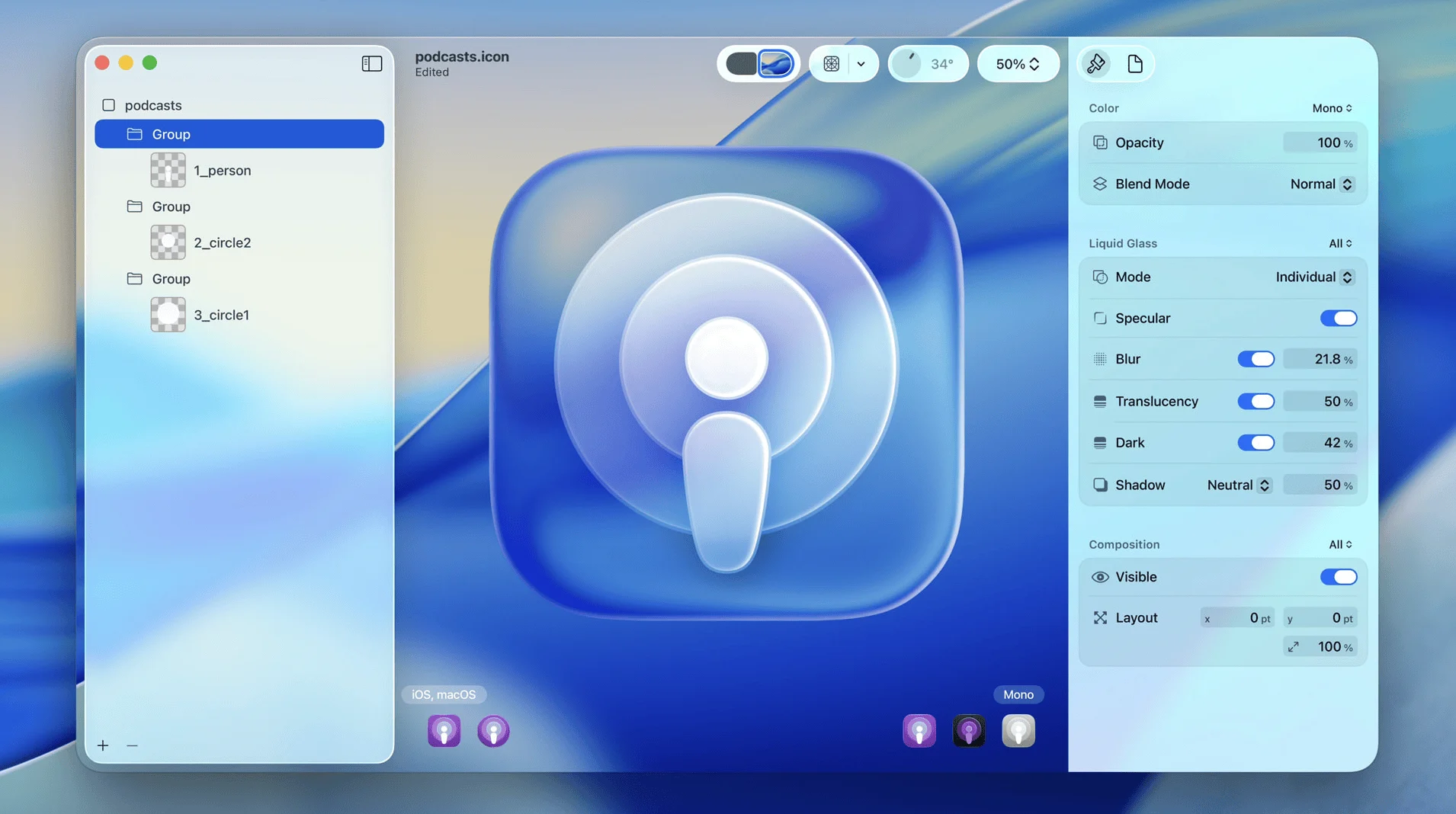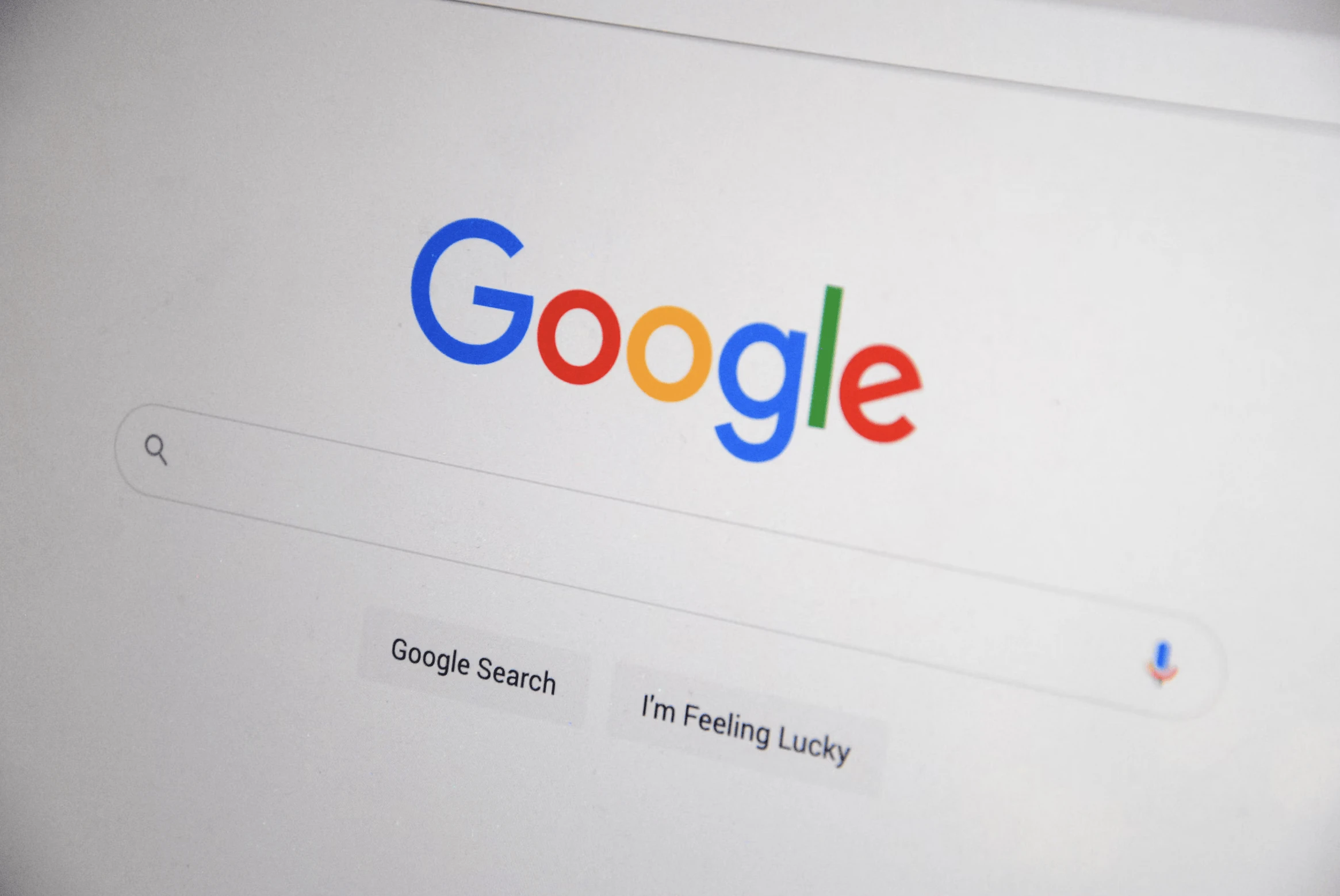
Designing with Intention: How to Build Websites That Truly Work
Designing with Intention: How to Build Websites That Truly Work August 26, 2025
July 29, 2025
Before we dive into the technical side of building a website, its important to know why you’re building one to begin with. Is a personal blog, portfolio, online business, or are you just trying to establish an online presence?
Clearly defining your goals will help with your decision making in the process.
A blog will focus on the content and reader engagement.
A business sight will highlight the products/services and focus on conversions.
A portfolio should highlight your work.
The tone, design, and features will be determined based on who you plan to target. Who do you want visiting your website? What information do you want them to see and what actions do you want them to take?
Learn your audience so you can keep your site focused and effective.
Once you know who is visiting your website, then its easier to understand the structure. Some basics should be:
Home
About
Contact
Services/Products
Recommended, but optional are:
FAQ section
Testimonials
Blog
A domain name is basically your web address. it should look like this: (www.yourwebsite.com). Try to keep the name short and memorable, avoid hyphens or long words. Try for a .com first. and make sure the domain name reflects your brand or domain.
There are plenty of places to purchase a domain from. Cloudflare, GoDaddy, Namecheap but they should all cost roughly 10-15 bucks a year.
Awesome, you’ve got the domain name. Now we need to find a place to store your website’s files and make them accessible.
You can use a shared Hosting site, VPS hosting, or cloud hosting. If you’re just starting out, shared hosting is likely the easiest and cheapest way. If you plan on branching out and need more bandwith, cloud hosting will be better.
There are a ton of different hosting companies. Bluehost, Hostinger, SiteGround, Amazon, Netlify, Cloudflare. Take a look at the different options and pick one.
There are a ton of different ways to approach this as well. Website builders like Wix and Squarespace are a great way to start, but have very limited scalability and customizability. You can build your site yourself which will give you maximum control and scalability. This approach is great when you have the time and don’t want to get bogged down by limitations with a website builder. If you want control and growth, choose a custom website. If you need something up yesterday, choose a website builder.
Once your hosting is ready to be seen, you can connect it to your domain via the DNS settings in the hosting dashboard. There are a ton of tutorials or support for this.
We design our custom websites in Figma before converting them. This gives you the freedom to be as bold or professional as you want. Once you’ve made the design in figma, all you have to do is convert it to HTML, CSS, and javascript.
You have to make sure that your site looks good on tablets, computers, and phones. Google will rank your website based on how it works in mobile.
Every single page should load quickly. If it takes longer than 3 seconds to load a page, you’ve already lost customers. Make sure you have a clear headline and get calls to action to push your customers to the right direction.
Use proper headings, internal linking, and descriptive URLs so your pages will be read easier by Google. The easier time Google has reading your content, the better it will rank. Always make sure to include a sitemap.
You don’t want a 30MB picture on your website. That WILL cause extreme slowness and make it so much harder for your customers to get your full website experience. Make sure to use tools that reduce the file sizes without losing quality.
A navigation menu and footer are essential if you want your users to navigate your pages with ease. If you want your users to make contact, you need to have a contact form readily available.
Make sure you test your website on various browsers (chrome, safari, firefox) and ensure it looks great in all different dimensions. You can use the inspect tool in your browser to change the width and height of your screen.
Test your site for speed and fix any broken links that appear.
Proofread all of your pages, ensure the contact form works, and ensure all your images are loaded correctly.
Share your new website to social media, add it to forums and ask for feedback. Submit your sitemap to the Google Search Console to help Google index your pages faster. The faster they are indexed, the quicker your website will be visible to others.
Track your website with Google analytics. You can monitor the traffic that comes to your site and also check how users behave on your website.
This is probably the most important part, but most often neglected. Google LOVES to see that your website is being updated. If you’re not changing your website, Google will push it further and further down in the search ranking, opting for more updated sites first. Add new blog posts, get in touch with other websites and get backlinks going.
Keep your website secure. Ensure you have your plugins up to date and follow all best practices.

Designing with Intention: How to Build Websites That Truly Work August 26, 2025

How to Choose a Web Agency: A Complete Guide for Businesses in 2025

Startup Website Template: Why Your Startup Needs a Website and How to Grow With It....

How 47-Day SSL/TLS Certificates Will affect IT Teams Without Automation August 19, 2025

How Much Does It Cost to Redesign a Website in 2025? August 18, 2025

How to Write an LLMs.txt File: The New Standard for AI in 2025 August 17,...

AI SEO Services: How Brands Can Win Citations in AI Search Engines

Take Control of Your Website: Get a Custom Built Site August 16, 2025

Why Startups in San Diego Need a Website and How It Can Grow Their Business...

How Local SEO Can Bring You More Customers to Your Restaurant in North Park, San...

Web Design in San Diego: How to Get a Custom Website As A Business July...

Apple’s Liquid Glass Design: A Bold Return to Translucency and the Internet’s Mixed Reaction July...

Your Website: A Step by Step Guide July 29, 2025

Your Website Sucks: Why Cookie-Cutter Sites Kill Your Growth July 26, 2025

Bring Your Website To The Top Of Google With One Simple Trick July 23, 2025...

Why You Need a Monthly Website Maintenance Plan July 22, 2025

How to Choose the Right Web Agency for Your Business July 22, 2025

Mobile-First Design Isn’t An Option, Its A Must In 2025 July 22, 2025